Once you’ve purchased a bicycle and the essential gear for commuting, you can finally turn your attention to the most important aspect of preparation: getting yourself ready to ride safely and sustainably. Sustainability is an important aspect of bike commuting because riding around the city is not without risks, and riding around regularly means facing those risks regularly as well.
Bike commuting shouldn’t be about ‘getting away with it’ on a daily basis. And while close calls are almost inevitable while you’re learning, veteran bike commuters will tell you that as your experience grows, the frequency of these risky situations should lessen if you are learning and doing it right.
This part of our guide will discuss some of the more important abilities and skills that you will need to mitigate those risks and ride comfortably and safely.
Endurance
A tired cyclist is a dangerous cyclist. It is usually when you are pushed beyond your comfortable endurance zone that you’ll begin to make bad decisions. You’ll begin to be distracted by fatigue, your senses will become less alert, and then you’ll start putting yourself in serious risk.
To be able to get around safely, you need to be able to assess your current capabilities and try to ride within those bounds when bike commuting. The twist is that to increase your endurance and stamina, you actually need to push those boundaries to force your body to adapt and become stronger. A good rule for beginners is to push hard during designated training rides, and to conserve energy during actual commutes. This way, you can deliberately set your training rides to be in places where it is safer so that the risks caused by fatigue are minimized.
These training rides can be done on the weekends, on streets with less vehicular traffic, and near enough our homes so that we are not forced to ride tired in less ideal areas.
Increasing your stamina will mean riding longer and longer distances. Even if your bike commute route is only 5 kilometers, the benefit of being fit enough to ride 40 kilometers comfortably is huge. Of course, you will want to increase your mileage gradually so you don’t injure yourself.
You can start by benchmarking what distance you are able to do without getting too tired. And then riding that distance until it becomes comfortable enough to challenge yourself. A good incremental increase is around 10-20% of your current distance, at which point you can keep riding that longer distance until you are comfortable enough to add even more kilometers.
Bike Handling
Decent bike handling is also a requirement for bike commuters. The most essential of these are: the ability to look around you while riding steadily, being able to take at least one hand off the wheel, and riding out of the saddle.
Being able to look around you for potential hazards is very important to a bike commuter. It is not uncommon for beginners to ride along without looking behind them for oncoming cars, or across the lanes at intersections. Much like any other vehicle on the road, you cannot ride responsibly without being able to look around you. Unfortunately, most bikes do not have sideview mirrors and cyclists have to turn their heads to see around them.
If you are new to the bike you will find the prospect of turning your head while riding very daunting. You might even find that you can’t hold the bike in a steady line when looking around you. This is why it is good to practice your head-turning in a safer environment before riding on busy streets.
Being able to take your hand off the handlebar is important too. The most common uses for this skill are taking a water bottle out to hydrate, and signaling your intentions to other vehicles (see our article on Basic Hand Signals for Cyclists).
Finally, riding out of the saddle means being able to stand on the pedals while riding. This is an absolute necessity because hitting potholes or rough roads with your weight on the saddle will make you bounce around and could make you lose your balance. It will also increase the likelihood of punctures especially pinch flats.
—
While it is possible to ride a bike to a destination with little training, the more responsible and sustainable way to do it is to train for it. Of course, pushing yourself out of your comfort zones to increase endurance and acquire skills is necessary, but these things are better done during designated training rides that take place in safer areas. Training hard and getting fitter actually mean having an easier time during your regular commutes, and having a buffer so that you are not at risk of getting sick from the physical toll of riding a bike everyday.
At the end of the day, bike commuting should be safe and sustainable above all else.
______
This is the fourth article in our five-part series on Becoming a Bike Commuter. Parts 1, 2, and 3 can be found here:
Part 1: Deciding to be a bike commuter
Part 2: Which bike is best for my commute?
Part 3: Bike commuter gear and kit essentials
Watch out for the concluding article coming soon:
Part 5: Basic knowledge and best practices

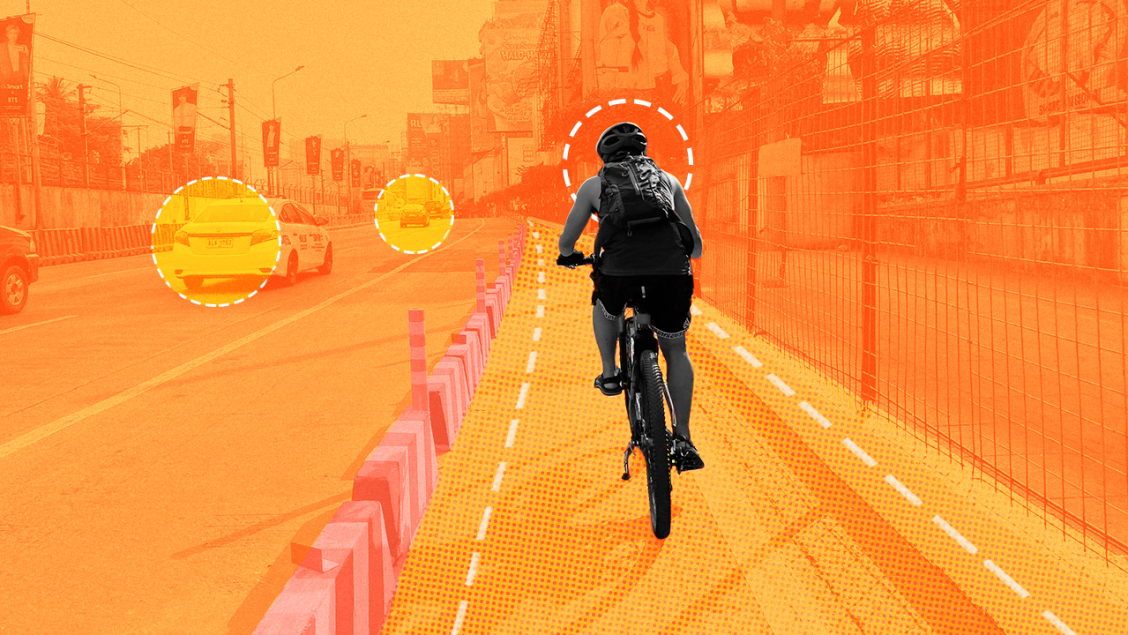
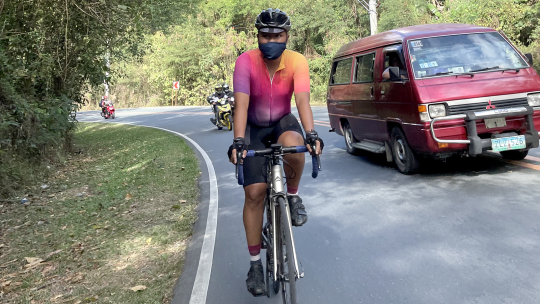
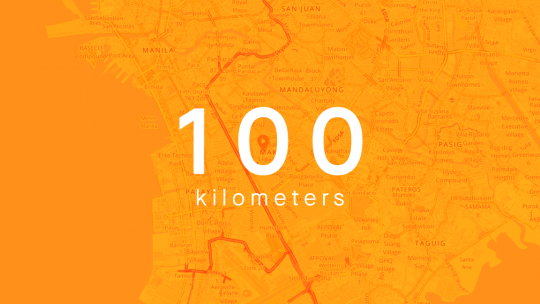


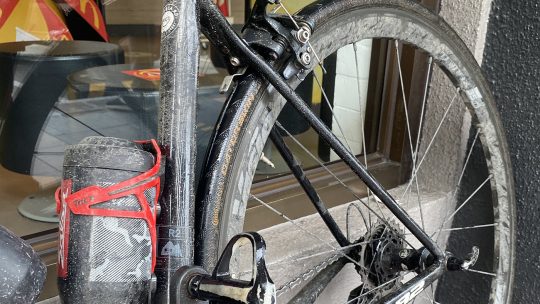
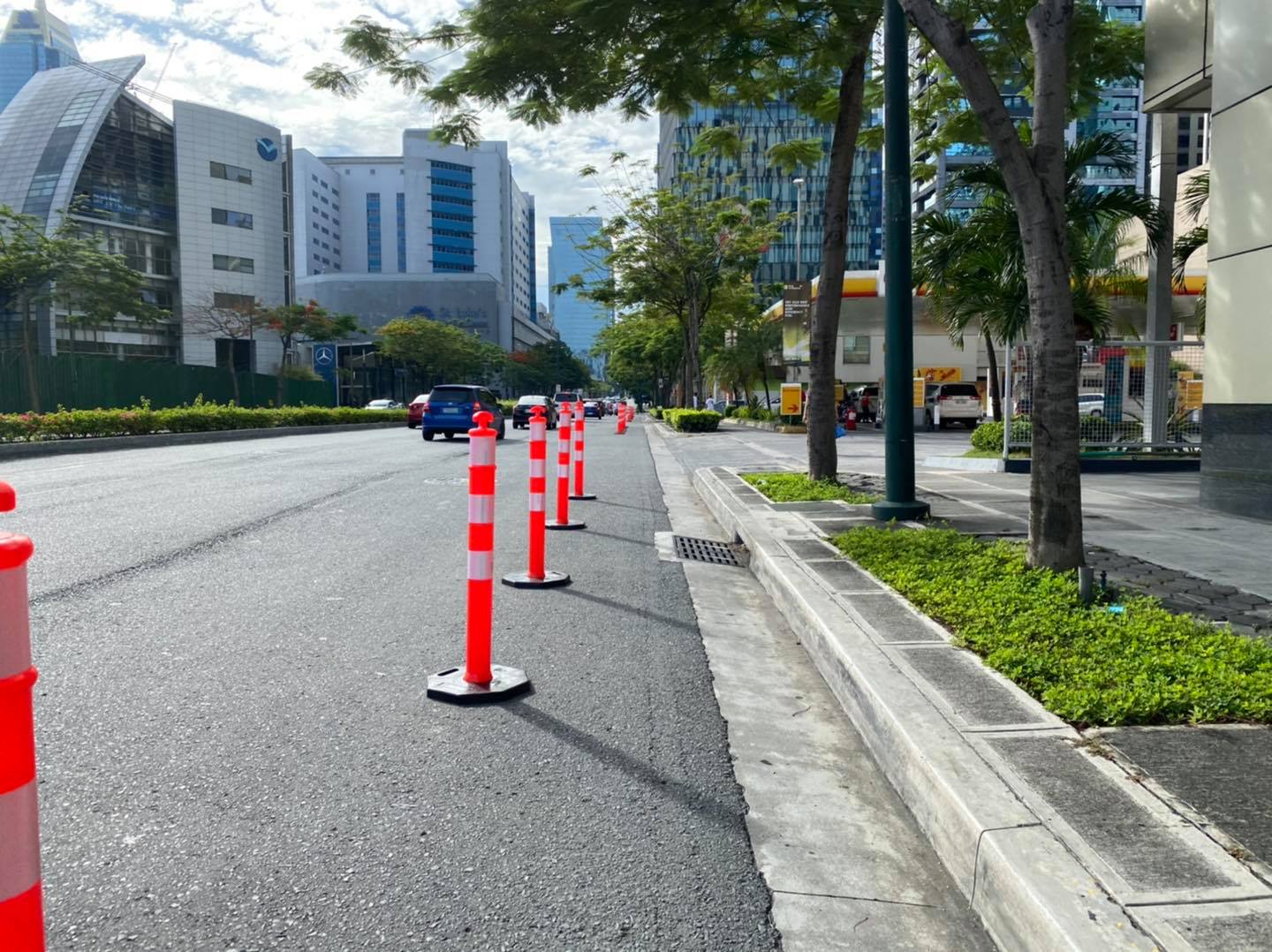
Leave a Comment